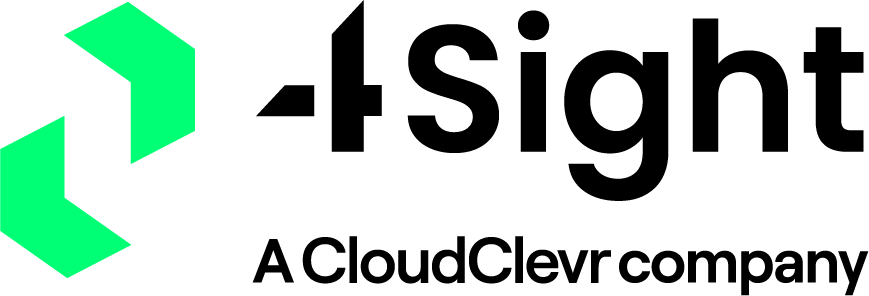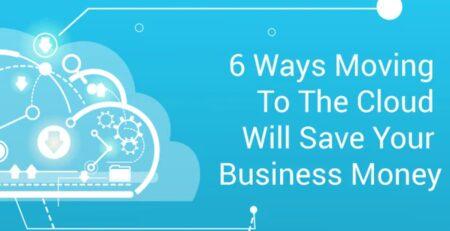Remote and Hybrid Workforces: Liam Martin Explores the Now of Work

I’m writing this blog in my pajamas on my couch. Or maybe I’m writing it on the beach in Antigua, trying to keep the sun’s glare from reflecting off my laptop screen. Or maybe I’m wearing a suit, sitting in a cubicle, imagining I was somewhere else. The fact is, remote and hybrid workforces are now a thing, allowing us to work wherever.
The pandemic has helped make one thing clear: the where of work isn’t important as the how of it. But what’s even more important is the when: we want that router fixed now. We want this blog post delivered now. With all of the tools and technology we have at our disposal, we can focus on The Now of Work and find balance between privacy and accountability, security and collaboration, structure and flexibility.
Liam Martin, Co-organizer of the Running Remote conference and Co-founder of Time Doctor, has been thinking about remote work for over a decade. And now the world is catching up: “A year ago, remote work wasn’t a big thing,” he says. “Four percent of the US had been working remotely. At the peak of the pandemic, 46% of the US workforce was working remotely. And now everyone’s gotten a taste for remote work, and we have to figure out what happens next.”
I spoke to Liam about how business can best support remote and hybrid workers. Here are the highlights from our conversation.
Accountability Vs. Autonomy
Employee retention has always been a top concern for HR professionals, but now, during a time when managers and employees alike are adjusting to remote and hybrid work models, it’s risen to the top of the priority list for many companies.
Liam sees a clear connection between autonomy and retention. “The reality is, you need to have as much autonomy as humanly possible without necessarily damaging the large scale operations of your business,” he says. “Anybody who has ever been stuck in the troubleshooting queue for their wireless provider has heard the agent say, ‘Well, I’ve done all four of these things in a row that are on my computer screen, and now I don’t know what to do.'” This is frustrating for the customer, for sure, but Liam points out that it’s a major point of frustration for the agent as well.
But empowering employees to have autonomy and work through problems creatively is not easy, especially when they are remote. That’s where the issue of autonomy versus accountability comes into play.
“Accountability is absolutely critical,” Liam says. “How are you measuring the work that’s being done? Do you have a quantitative KPI that everyone is supposed to reach?”
At Time Doctor, each employee has at least one quantifiable measure of accountability. That one specific metric can help keep employees accountable and help managers feel confident to let employees know they have the ability to work outside the box when necessary.
Working Hard Vs. Working Smart
When employees are empowered, the correlation between hours logged at a desk and overall productivity is not as strong as you might think. This is important to keep in mind, as managers may fret about whether their remote employees are putting in a full shift when they’re at home.
“We found with almost every single company that we’ve worked with—remote or in-office—that the salesperson who works the longest has never been the top salesperson inside of an organization,” Liam says. “So there’s this push up against “work hard” versus “work smart.” Autonomy really comes into play, here: it’s being able to say don’t get locked into the system; don’t get locked down by the process; have a process and allow that process to develop and evolve organically.”
This may be hard for many to accept, but as more businesses embrace the remote or hybrid model, it’s an essential point to keep in mind. Be flexible with processes and don’t get hung up on punching the clock. Embracing the merging of accountability and autonomy will lead to better results for employees and for customers as well.
The Hybrid Reality
Liam sees the hybrid workforce as “where the majority of the market is currently going,” and he sees a unique set of challenges with that model.
Companies need to ensure that they treat their employees the same, whether they are working from home or in the office. Make sure, for example, that in-office employees don’t advance at a faster rate or get more projects greenlit than their remote counterparts. Remote workers should not be seen as second-class citizens, he cautions.
Liam also stresses the importance of documenting everything, to make sure remote workers are briefed on offline discussions. “If you have conversations that kind of happen around the watercooler, you need to document them. Or, at least you need to identify all the minutes of the meeting and put them where people can consume them,” Liam says.
The New Now
So, where am I writing this from? It doesn’t matter very much. I’ve worked closely with my team, both remote and in-office colleagues, and I’ve been given both a metric to measure the success of this piece and the autonomy to write myself into it. How long did it take me? Well, long enough to get it right, but perhaps not as long as I was given. But the fact is, I’m working in the new normal, and you probably are, too. So we embrace The Now of Work and we do our best, learning from experts like Liam how to avoid common pitfalls and building a structure where employees want to stay and thrive.
This blog post was first published by Mitel.



